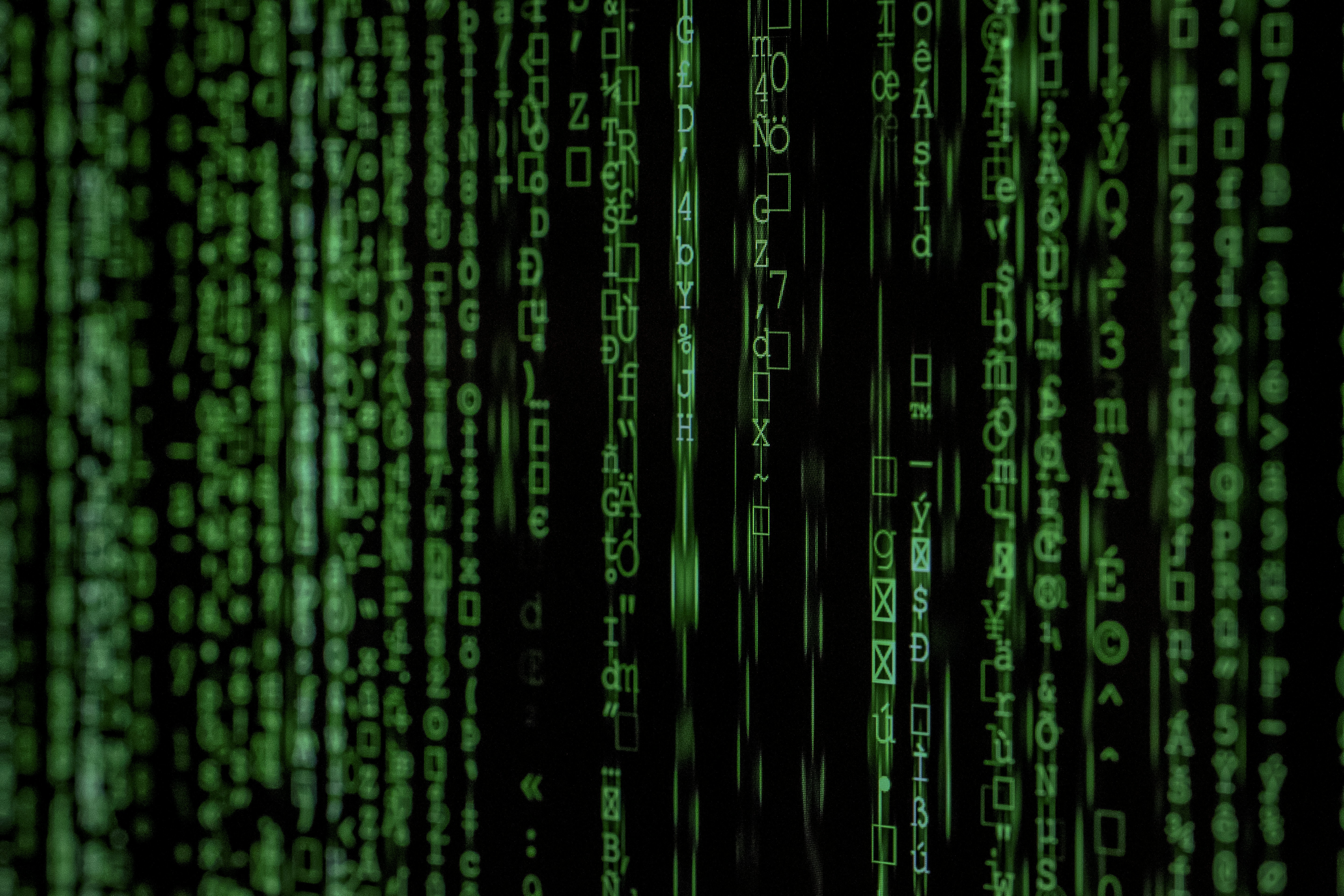Decoding the Face Palm Emoji 🤦
The face palm emoji 🤦 is a ubiquitous symbol in digital communication, representing frustration, disappointment, or disbelief. Its simple design belies a complex range of meanings and potential for misinterpretation. This article provides an in-depth exploration of its origins, usage, and cultural significance.
The Origin and Evolution of the Face Palm Emoji

The face palm gesture itself predates the digital emoji, appearing in art and literature for centuries to express similar sentiments. The emoji, however, gained widespread popularity with the Unicode Consortium's standardization, making it accessible across various platforms. Its visual simplicity contributes to its universal appeal. The modern emoji evolved from earlier text-based emoticons depicting similar actions, becoming more visually distinct and readily usable.
Key milestones in its evolution include its initial inclusion in Unicode, its adoption by major tech companies (like Apple, Google, and Microsoft) with their own unique design interpretations, and its subsequent integration into everyday online communication.
Understanding the Many Meanings of 🤦
The face palm emoji primarily expresses a feeling of disappointment or frustration, often directed at oneself or another person. It can indicate a realization of a mistake, a display of exasperation at someone else's actions, or a general sense of disbelief. However, the exact meaning can vary depending on the context of the conversation.
Consider these scenarios: receiving bad news, witnessing a foolish action, or remembering a forgotten task. In each case, the face palm emoji communicates a specific type of negative emotion, ranging from mild annoyance to deep regret.
The emoji can also be used ironically or humorously, adding another layer of complexity to its interpretation. Understanding the nuances of the conversation is crucial to correctly interpreting its intended meaning.
Appropriate and Inappropriate Uses of the Emoji
While the face palm emoji is generally acceptable in informal communications, its use in professional or formal settings requires careful consideration. Overuse can diminish its impact and create a negative impression. It's generally best to avoid using the emoji when addressing superiors or clients, or when discussing sensitive topics.
It's particularly inappropriate to use the emoji in response to someone sharing personal or emotional experiences, as it may come across as insensitive or dismissive. Understanding the context of the conversation and the relationship with the recipient is vital for determining its appropriateness.
Consider alternative emojis or written expressions that convey similar sentiments without being potentially offensive. For example, expressing sympathy or offering assistance might be more appropriate than using the face palm emoji in a sensitive situation.
Cultural Differences and Interpretations
While the face palm gesture is generally understood across cultures, its interpretation and acceptance can vary. In some cultures, direct expressions of frustration or disappointment are considered impolite, making the face palm emoji potentially offensive. It's essential to be mindful of cultural differences and adapt your communication style accordingly.
Researching cultural norms regarding emotional expression can help avoid miscommunication. Consider observing how others use the emoji in different contexts to gain a better understanding of its accepted usage within a specific culture.
Furthermore, different platforms and devices may display the emoji differently, leading to subtle variations in interpretation. Being aware of these visual differences can help avoid unintended messages.
Alternatives and Related Emojis
Several emojis can be used as alternatives to the face palm, depending on the specific emotion you wish to convey. For expressing disappointment, the 😔 (pensive face) or 😟 (worried face) emojis might be suitable. For frustration, the 😠 (angry face) or 😡 (enraged face) emojis could be used.
Other related emojis include the 🤦♀️ (woman face palming) and 🤦♂️ (man face palming) emojis, which provide gender-specific options. Choosing the most appropriate emoji depends on the context and the desired emotional tone. Ultimately, effective communication involves carefully selecting the right tool for the job.
The face palm emoji 🤦 is a versatile but nuanced symbol that can effectively convey a range of negative emotions. Understanding its origins, interpretations, and appropriate usage is crucial for avoiding miscommunication and ensuring clear and respectful digital interactions. By considering context, cultural norms, and available alternatives, you can use the face palm emoji effectively and responsibly.


Follow Us